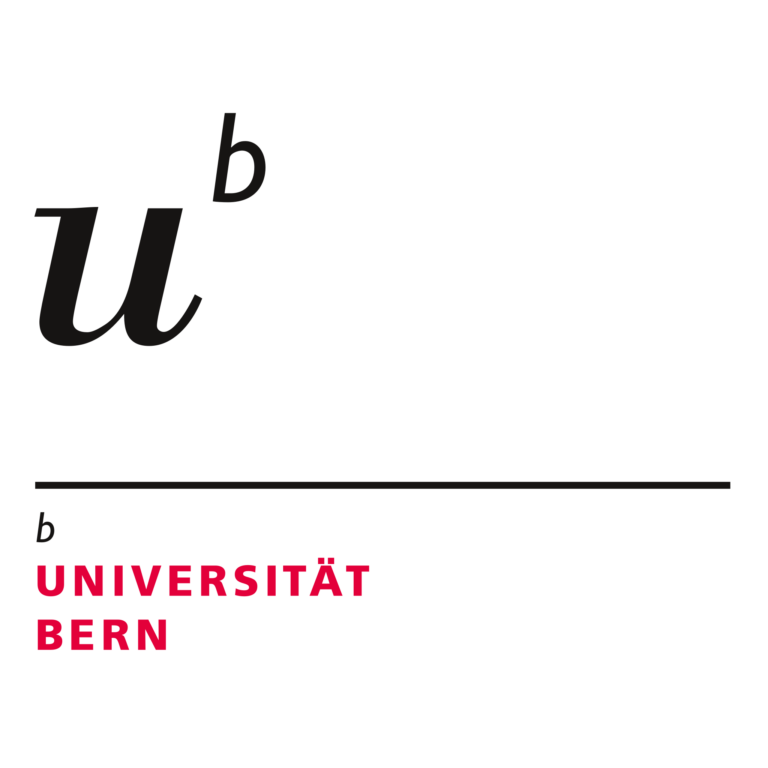Non-invasive Assessment of Intestinal Composition and Function with Transcriptional Recording Sentinel Cells
Short Summary
You are what you eat, and yet, we know little about how what you eat influences your health as a unique individual. Understanding this relationship is however paramount as diet and gut function are broadly and strongly linked to health and disease, including: development, aging, cancer, diabetes, and even neuropsychiatric disorders. If we could faithfully monitor the composition and function of the gut throughout time in individual people we could build a mechanistic understanding of this linkage and guide healthy and diseased individuals to their desired health outcomes. We recently created a radically new technology to fill this gap – an engineered bacterium that traverses the gastrointestinal tract while recording rich and quantitative information describing gut composition and function along the length of the intestine, which is revealed through the non-invasive sampling and sequencing of the engineered bacteria in feces. Leveraging results from preclinical animal studies, we believe that we can operationalize our engineered bacteria as non-invasive diagnostics.
Goals
While our ultimate goal is to introduce the engineered bacteria directly into human patients, the next key decision point, and the focus of our PHRT project, involves extensive characterization of the technology in human patient samples cultured in the laboratory. The use of human sample cultures allows us to characterize the technology in a clinical context, which will be a critical element in meeting the extensive regulatory requirements required to deploy the system directly in patients. Towards accomplishing these objectives, we will specifically establish the human sample culture system and characterize our living diagnostic technology in multiple clinical contexts.
Significance
We envision that our technology may provide a ground-breaking approach to understanding and diagnosing diseases in humans where current approaches fall considerably short. If we are able to demonstrate the value of our technology in this setting, it will be a game changer in (personalized) human diagnostics and open up the door to a tremendously broad range of clinical applications.
Background
Intestinal function is central to the absorption of nutrients in the diet and can be disturbed either by intestinal disease or by malnutrition resulting from a diet that contains insufficient and/or excess nutrients. Over 800 million people globally suffer from calorie or micronutrient insecurity, which particularly affects growth, development, and immunity. Approaches to assess the composition of the intestine are thus central to ensure health and diagnose disease. Clinical methods for assessing nutrition are however mainly indirect and/or require fasting or purging. Therefore, the challenge remains to have a non-invasive system to faithfully sense nutrients in fed and fasted individuals at the actual sites of nutrient uptake in the intestine.
Technology Translation

Prof. Dr. Randall J. Platt
Department of Biosystems Science and Engineering, ETH Zurich
Co-Investigators
- Prof. Dr. med. Andrew Macpherson, Gastroenterology, University Hospital (Inselspital), University of Bern
- Prof. Uwe Sauer, Department of Biology, ETH Zurich
- Prof. Christophe Lacroix, Department of Health Sciences and Technology, ETH Zurich
Consortium
Status
In Progress
- 5th Call, Tech Trans






